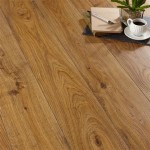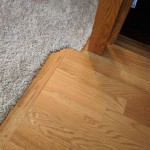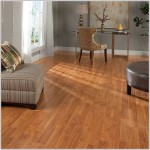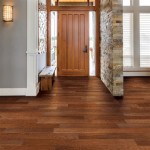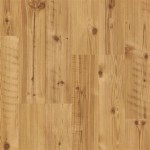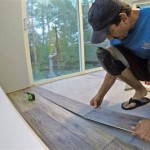Basketball Court Flooring For Basement: Essential Considerations
Converting a basement into a basketball court is an exciting endeavor that requires careful planning and execution. A crucial aspect of this project is selecting the right flooring that meets both performance and durability requirements. Here are some essential factors to consider when choosing a basketball court flooring for your basement:
1. Material Options:
Various flooring materials are suitable for basketball courts, including hardwood, rubber, and vinyl. Each has its own advantages and disadvantages. - **Hardwood:** Provides a classic basketball playing experience but requires regular maintenance and can be susceptible to moisture damage. - **Rubber:** Offers excellent shock absorption, durability, and moisture resistance, but can be more expensive. - **Vinyl:** A versatile and cost-effective option that comes in different thicknesses and textures, providing a balance of performance and durability.
2. Thickness and Cushioning:
The thickness of the flooring determines the level of cushioning and shock absorption. Thicker flooring provides better protection for joints and reduces fatigue during gameplay. Look for flooring with a thickness of at least 3/8 inch, especially in areas with high traffic or heavy jumping.
3. Surface Texture and Traction:
The surface texture of the flooring is crucial for grip and traction, especially in slippery conditions. Choose flooring with a lightly textured or dimpled surface to enhance foot stability and prevent slipping. Avoid highly polished or smooth surfaces that can be hazardous during gameplay.
4. Moisture Resistance:
Basements are prone to moisture accumulation, so it's essential to choose flooring that is moisture-resistant. Rubber and vinyl flooring are excellent choices as they are not susceptible to water damage and can withstand spills or leaks. Hardwood flooring may require additional waterproofing treatment.
5. Sound Dampening:
Playing basketball can generate significant noise. Consider flooring that has sound-dampening properties to minimize disturbances to other areas of the house or neighbors. Rubber or vinyl flooring with a cushioned underlayment can effectively absorb sound.
6. Installation and Maintenance:
Proper installation is crucial for the performance and longevity of the flooring. Ensure the subfloor is level and prepared according to the manufacturer's instructions. Follow the manufacturer's recommendations for cleaning and maintenance to keep the flooring in optimal condition.
By considering these essential factors, you can choose the ideal basketball court flooring for your basement. Whether you prefer hardwood, rubber, or vinyl, make sure to select flooring that meets the requirements of your space, playing style, and budget. With the right flooring in place, your basement will transform into an exhilarating basketball arena, providing hours of enjoyment and athleticism.

Basement Indoor Basketball Court Sport Home Gym Flooring

Court In The Basement Home Basketball Dream House Rooms

Bring March Madness Home Indoor Basketball Courts Riverside Construction

Protective Wall Padding For Gymnasiums Basketball Room Home Gym Basement Court

Indoor Basketball Court Flooring Outdoor Tiles Mateflex

Everything To Know About An Indoor Basketball Court Rismedia

Court Flooring Sport Floor Tiles For Indoor And Outdoor Use

15 Concepts For Indoor House Basketball Courts Soccer Room Home Court Basement Design

15 Ideas For Indoor Home Basketball Courts Design Lover Court

Indoor Sports Tiles Low Cost High Quality Basketball Court
Related Posts

